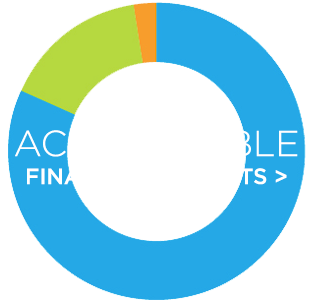Teton Regional Land Trust Announces 2024 Michael B Whitfield Scholarship Recipient, Madeline Pentz
Madeline Pentz, formerly of Teton High School, and more recently home schooled at Fred’s Mountain Academy, is the recipient of this year’s Michael B. Whitefield Scholarship. The $2,000 award is given annually by Teton Regional Land Trust to a senior who lives in the Land Trust service area with a passion for environmental studies, biology, or agriculture. 2024 marks the first year the Land Trust has given out $2000 instead of $1000.
Madeline plans to enroll in college in the fall and study biology. Born and raised in Driggs, she spent her childhood enjoying many different outdoor activities with her family, from hiking and wildlife viewing to sailing. “Each day I continue to build more and more appreciation for all the knowledge and lessons I gained through these adventures,” said Madeline. Her parents instilled in her an interest and love for science and biology, as well as a wealth of knowledge about the outdoors that they continue to share with her.
Because Madeline longed to spend more time following her passions like hockey, skiing, piano, and travel, she opted to forego traditional bricks and mortar high school and pursue online studies instead. “Many of the concepts and ideas surrounding my education took place on a chair lift, on Freds Mountain, where I sat as a captive audience, listening to my parent’s notions regarding my future. On the way down the mountain, I was informed about all nature available to our senses, from pine marten tracks to the variety of trees to the different mountain ranges. I heard it all. Considering the substantial time spent on Freds Mountain, under these conditions and immersed in conversations about much more than our last run, we deemed it suitable to name my educational endeavor Freds Mountain Academy,” explained Madeline.
With this scholarship, Madeline aspires to “help the earth I live on and all its inhabitants. I want to pay forward the opportunities that I was able to take part in, hopefully impacting others’ lives throughout my journey as positively as those who have impacted mine.”
Teton Regional Land Trust created this scholarship in honor of Michael B. Whitfield who helped found the organization in 1990 and served as its Executive Director for 18 years. Michael’s passion for and commitment to land conservation in eastern Idaho has been instrumental in the preservation of key landscapes in the Greater Yellowstone Ecosystem. The scholarship is available to graduating high school seniors who show an intention to pursue a major course of study in college or vocational school in the environmental sciences, biology, ecology, environmental planning or policy, agriculture, or a related field.




